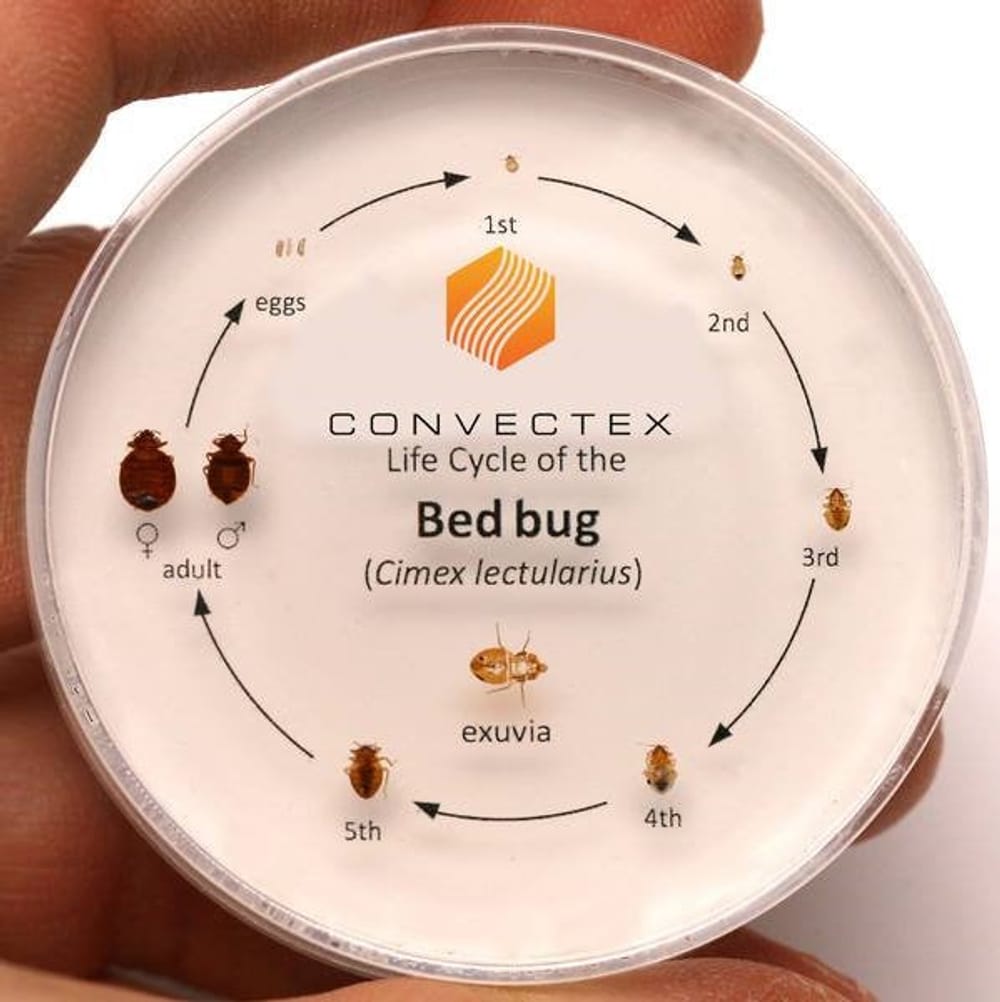How Bed Bug Services can Save You Time, Stress, and Money.
Table of ContentsOur Bed Bug Services StatementsThe Definitive Guide to Bed Bug ServicesThe Ultimate Guide To Bed Bug ServicesBed Bug Services for Dummies
An expert-conducted bed bug inspection is a meticulous process and requires specialized knowledge. Bed bugs are tiny, quick, and skilled at concealing themselves that seek cracks, crevices, and furniture seams. Because of their hidden habits, meticulous assessment is critical to determine the presence and extent of an infestation. Professional inspectors rely on specialized equipment, systematic procedures, and experience to locate pests effectively, preventing spread and further infestation.The first step in the inspection process involves understanding bed bug biology and behavior. Bed bugs belong to the Cimicidae family and undergo a life cycle that includes eggs, nymph stages, and adulthood. Adults are around five millimeters long, flat, reddish-brown, and wingless with slender legs and antennae. Their feeding apparatus injects anticoagulants while drawing blood, resulting in clusters of itchy bites. Knowing these traits helps inspectors anticipate hiding spots.
Early detection is critical for effective management. Professionals carefully check for signs such as fresh droppings that resemble small ink dots, old stains, shed skins, eggs, or eggshells (Bed Bug Services). Female bed bugs are capable of laying hundreds of eggs, potentially causing full-blown infestations. Evidence of molted skins or eggshells shows that the infestation is current and demands thorough examination
Preparing for an inspection involves careful organization. Inspectors often suggest tidying up spaces to allow full access, which makes it easier to inspect furniture and wall edges. Bedding and linens may be washed in hot water and dried on high heat, and then kept in plastic bags to maintain cleanliness. Wall decor, mirrors, and pictures should be taken down to allow access to potential bed bug harborages. Vacuuming furniture and floors may capture visible bugs and eggs, and vacuum bags should be disposed of immediately outside.
All about Bed Bug Services
The inspection itself is methodical and detailed. Inspectors examine mattresses, bed frames, and headboards, checking seams, folds, handles, and crevices. Upholstered furniture, including seating furniture, is carefully examined, with attention to seams and cushions. Baseboards, moldings, the edges of wall-to-wall carpeting, electrical outlets, closets, and storage areas are also included in the inspection, as these can be common harborage sites.
Specialized tools help inspectors find hidden pests. Flashlights, magnifying lenses, multi-tools, and mirrors provide visibility in crevices and corners. Monitoring devices like interceptor traps or sticky pads aid in identifying infestation trends. Some companies use detection dogs, which can locate live bed bugs quickly, distinguishing them see from old evidence.

Meticulous documentation is essential. Inspectors record the locations of evidence, severity of infestation, and treatment recommendations. This ensures accountability and helps with client communication. Residents are often instructed to preserve evidence for accuracy, as this prevents loss of critical information.
After inspection, a monitoring plan may be implemented to follow up on findings. Continuous monitoring assesses the effectiveness of treatment, and collecting feedback from occupants supplements physical inspection. Cooperation from residents enhances detection.
5 Simple Techniques For Bed Bug Services

Professional inspections provide confidence that infestations are correctly identified. Trained inspectors recognize early Recommended Site evidence of bed bugs, avoid unnecessary treatments, and give peace of mind.
Bed bug inspections are particularly important in places where infestations spread easily. Inspectors assess all connected areas to identify potential spread (Bed Bug Services). This prevents escalation and reduces treatment costs
In summary, a professional bed bug inspection involves understanding bed bug biology, preparing the space, conducting systematic inspections, using specialized tools, documenting findings, and implementing monitoring protocols. Each step contributes to accurate detection, effective treatment planning, and long-term prevention.
The Best Strategy To Use For Bed Bug Services
